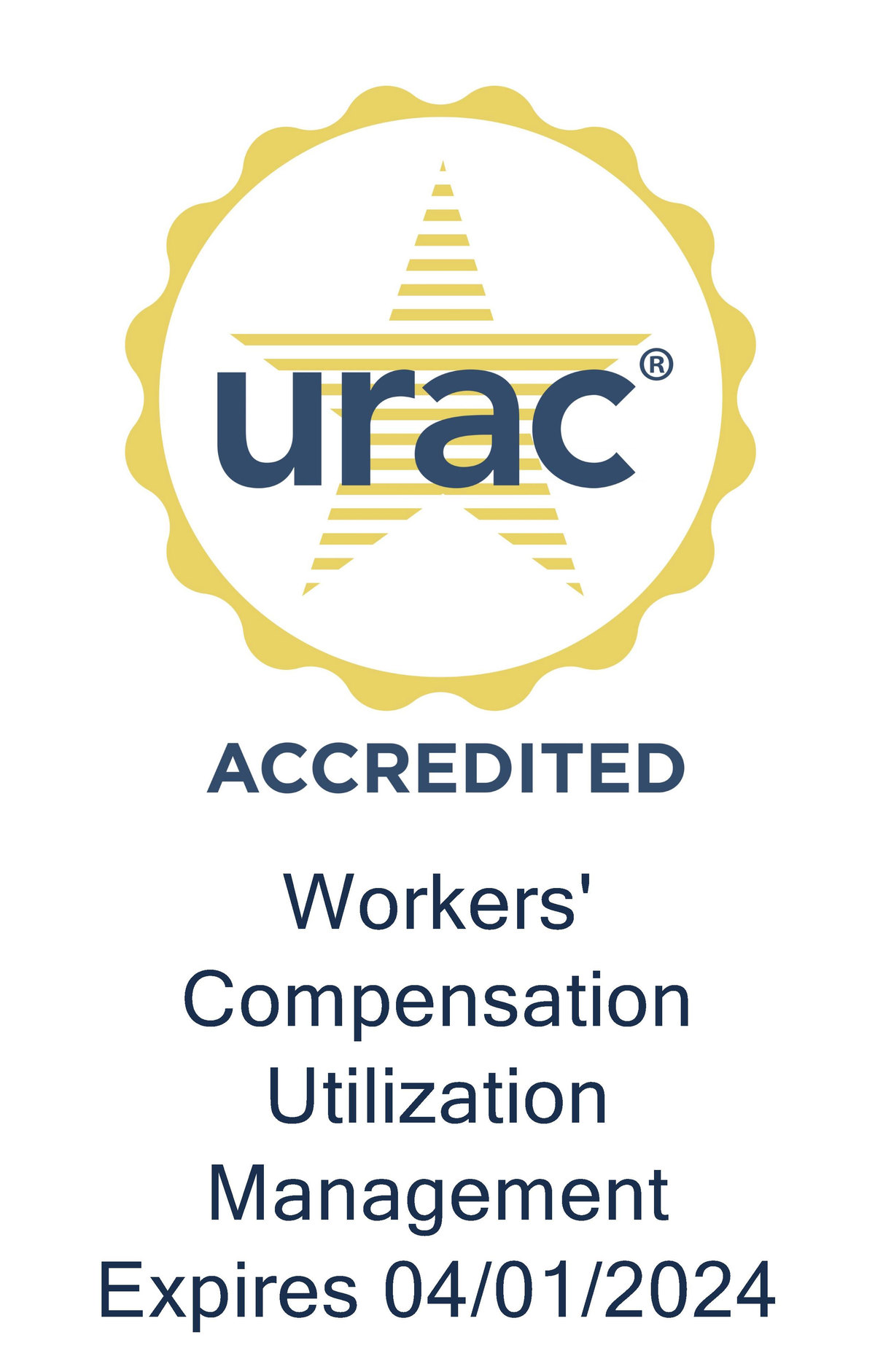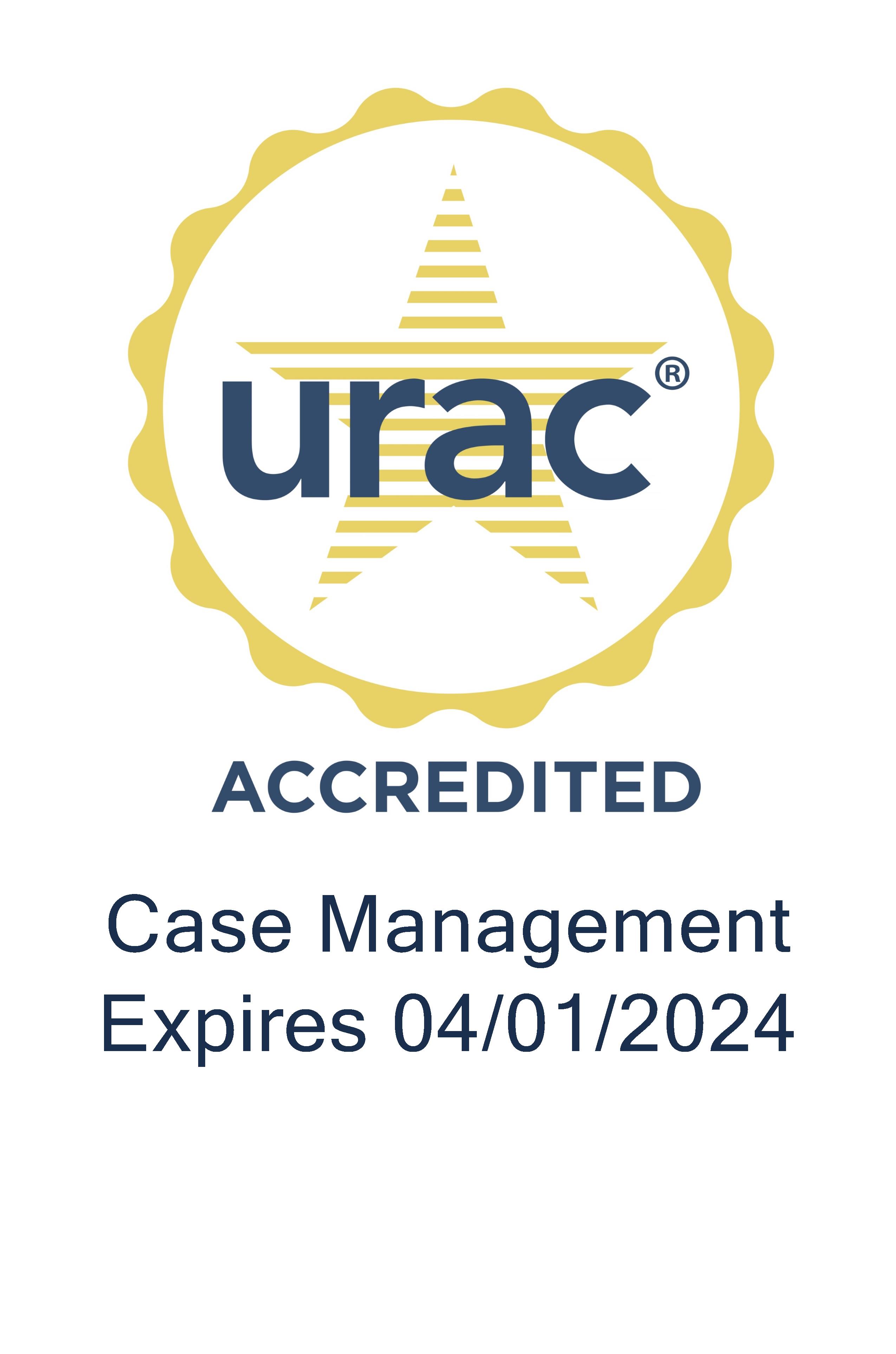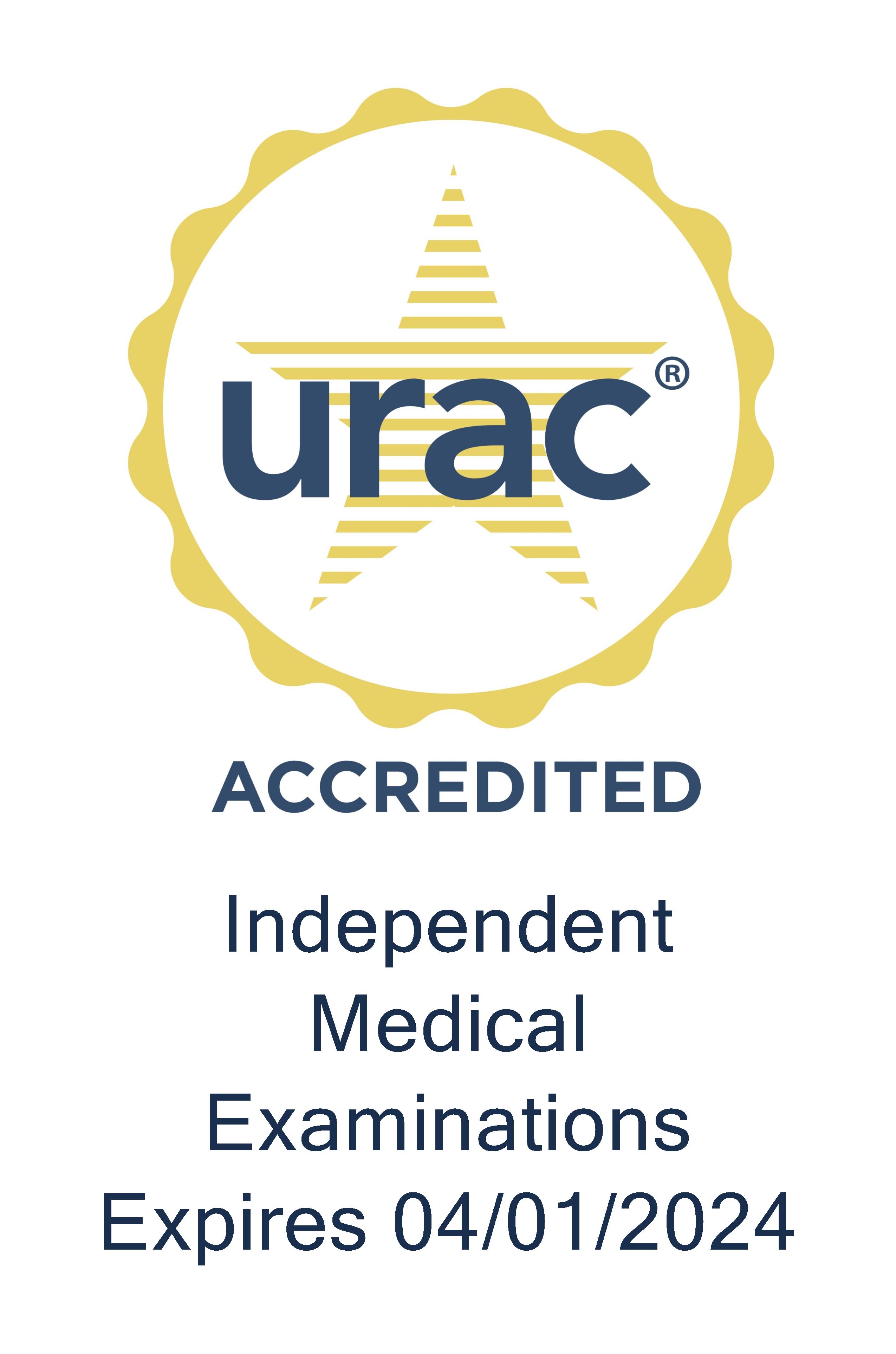Technology is playing a larger role in helping comp claims progress. In today’s Inside Workers’ Comp, Bobbie Doyle, director of utilization management at Genex, explains the ins and outs of a program designed to do just that. It’s called Referral Expert.
Tom Kerr (TK): Bobbie, thanks for joining us.
Bobbie Doyle (BD): It's my pleasure. Thank you, Tom.
TK: Bobbie, what is Referral Expert?
BD: So, Referral Expert is a predictive risk tool, it's a scoring engine, and it scores existing claims for the appropriateness of clinical management. And it responds to claim events as soon as they're reported for immediate triage and early interventions.
The tool is built into our case management platform, and we receive a daily claim feed from those clients that we have that type of interface. Each claim is assigned a score. The score is based on predicting what will happen with the claim and also the risk of the claim in terms of the cost.
And, with that information, it assigns a score. If we don't need to take any action, it's a very low risk score. Or, if the score is high enough, a nurse is assigned to triage to find further information to make a decision about whether or not it needs to be managed or closed out. And then finally, the score could be high enough where it's opened and managed by a telephonic nurse for early intervention services.
So, the Referral Expert engine basically is looking at 10 data elements to tabulate that score. Some of those data elements that we receive in the feed are things like the cause of the injury, the jurisdiction, the body part, the individual's age, and so on. And that is what is creating that score to help us launch the actual case management service that we're going to provide. There is a rescore component that evaluates five values. And that can be customized for each of our clients depending on how long they want us to continue to rescore the claim through that daily claim feed. It could be 60, 90, 120, or 180 days from the date of injury.
And so, the claims system is going to look for triggers that the claim type has changed, that there's a new body part, their body part has changed. And so, when it sees that value has changed, it'll rescore the claim. And, at that point, our nurse would be alerted if the score is high enough to triage or to manage. So that way, it helps make sure that claims don't fall through somewhere throughout those first 30, 60, 90, 100 days.
TK: Is the rescore always done automatically? Or, is it something that a case manager might be able to do manually if the patient isn't responding to the treatment plan?
BD: So, the rescore is fully automated, and it's within our case management platform and the Referral Expert engine. The difference is we can customize how long we want the rescore engine to continue to look at those claims that are coming through in the daily feed.
So, if the client is interested in looking at the first 90 days from the date of injury, it's fully automated, so that's going to continue to look at the claim type, the jurisdiction, the body part, etc., and to see if any of those data points have changed and, at that point, it would rescore.
We can also do a manual rescore. So, the case manager can go into the case, and if there's a question that comes up about the claim, can manually rescore it to see if there have been any changes.
But that is essentially the purpose of the rescore so that our clients don't have cases that may have missed the opportunity for Referral Expert in the first, say, 30 days where we're receiving new claims, new first reports of injury, and it scored low enough where we did not manage it, or we triaged it and nothing showed signs that warranted case management at that point. And then something changed in the life of the claim, things started to go sideways, and the individual claimed an additional body part; or it went from a med‑only claim to a lost‑time claim. At that point, this gives us the ability to catch those claims so that we can help the claims adjuster take action on them.
TK: Is Referral Expert initiated on all cases?
BD: That's a good question. Referral Expert would be set up upon the implementation of the program. It’s essentially a service that we offer with our telephonic case management program.
It's not mandatory, but is a wonderful tool to ensure that we're receiving claims as close to the date of the first report of injury as possible. Because that's when we can make the most impact in telephonic case management. It allows us to get on the claim as quickly as possible to steer them in the right direction, make sure the injured worker's seeing the appropriate medical providers, that they understand and are educated about their workers’ compensation claim, who they contact, where to get information from. And, that's why it's such an important tool as part of the implementation of a new program.
TK: What are some challenges adjusters might face where this technology can make a difference in claims management?
BD: Adjusters often have a significant number of active claims that they're responsible for. And it's often challenging for them to effectively adjudicate their claims and, at the same time, to manage all aspects of the medical treatment.
So, through Referral Expert, we can provide some front‑end coverage, some triage, to identify the claims that will benefit most from case management at the onset of the injury and during the life of the claim through the rescore. I would also say that the immediate benefit of referral expert is providing early intervention on the claims through the telephonic case manager, conducting triage of each of those cases.
So, if the Referral Expert score indicates the need for a telephonic case manager, the case manager then makes those immediate contacts with all the stakeholders within one business day of receiving that first report of injury or that claim through an electronic data interface that we have with our clients.
And with that early intervention, this sets up the case for a really positive outcome by ensuring that the injured worker is referred to an appropriate in‑network medical provider and that all their medical treatment is effectively coordinated and communicated to all the stakeholders. This often prevents unnecessary medical treatment, prolonged treatment duration, and potential litigation.
TK: How does it help adjusters make better decisions?
BD: Genex case managers conduct an initial evaluation on every new case that they're managing and they obtain a lot of really detailed information from the injured employee regarding the reported accident, the nature of the injury, the cause of the injury. Also, they really get into some significant details around the injured employee's medical history — any comorbidities that they may have, behavioral indicators — and, from the treating providers, they're going to be obtaining all the diagnosis information if there're multiple diagnoses, verifying that with the claims adjuster that those diagnoses match up.
Then, with all of that detail, they're able to provide the adjusters with a treatment plan recommendation for this individual, communicate any barriers that they see, and provide the estimated length of disability and the estimated return‑to‑work dates. And that's all based on evidence‑based disability guidelines that the nurses utilize that's built into our technology and our case management platform.
TK: Would this technology also be helpful for other services such as utilization review because it provides a more detailed account of the case?
BD: Yes. Ideally, when we have a program where we're providing services for bill review, utilization review, ancillary work, all of that information we receive through the claim feed. And with bill review particularly, we can add some additional intelligence to the claim information which initiates clinical triggers. So, those help us determine if there's other action that we should be taking on the claim such as medication safety, surgical concierge recommendations. So, with providing all of our services, it's definitely, from my perspective, the most ideal because of the robust analytics that we can then provide.
So, all of that information, all of the financial outcomes from each of the service lines, we can roll that up into customized dashboard analytics that provide our clients fully transparent, real‑time managed care program results.
TK: How does this technology help injured employees?
BD: Well, injured employees I think often get a little lost or confused about how to navigate the workers’ compensation system — what it all means, all of the forms, and who to go to next. So, having a nurse case manager on the front end of the case helps the injured workers really feel supported and heard. That they have a medical professional that's a point of contact to answer all of their questions, help facilitate and coordinate their treatment, help schedule appointments, follow up with the medical provider, and be that line of communication back to the adjuster and other stakeholders to keep things moving forward.
With that, we often see that it decreases the chance of the injured worker becoming frustrated. So, it's a benefit right out of the gate.
TK: Thanks, Bobbie and we’ll be back in a couple weeks to discuss another timely topic in the world of workers’ comp. Until then, thanks for listening.






